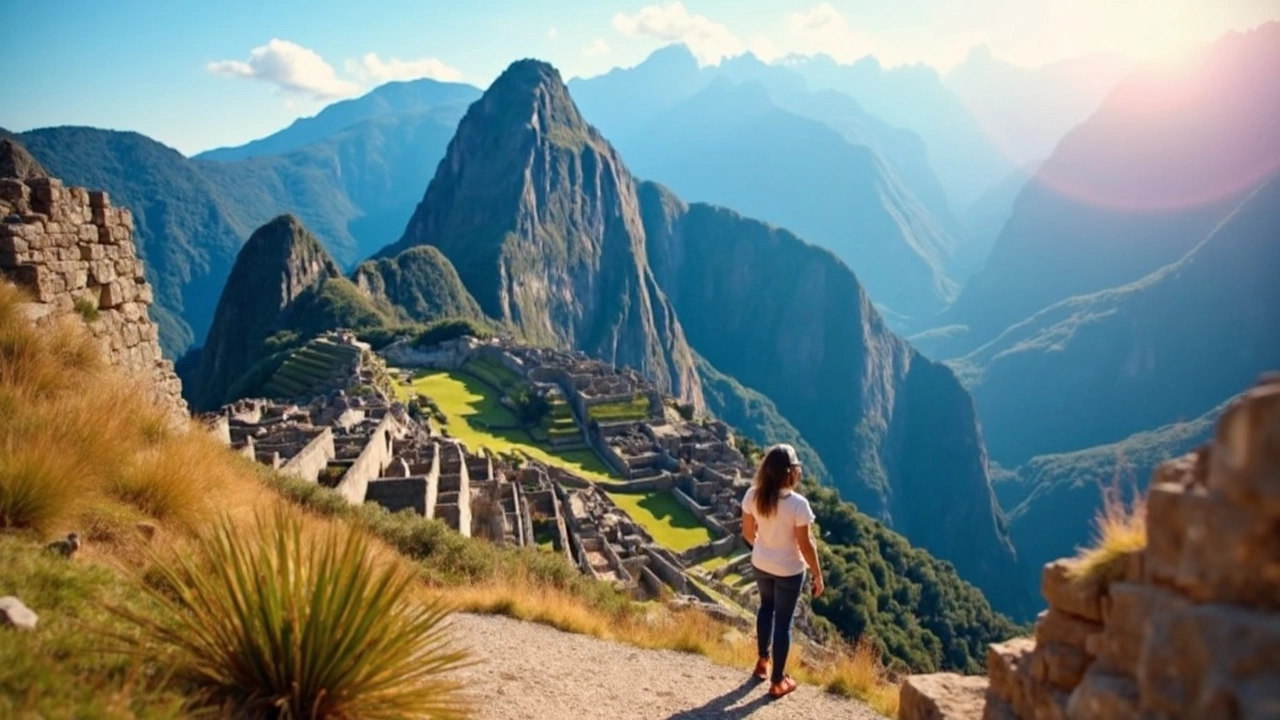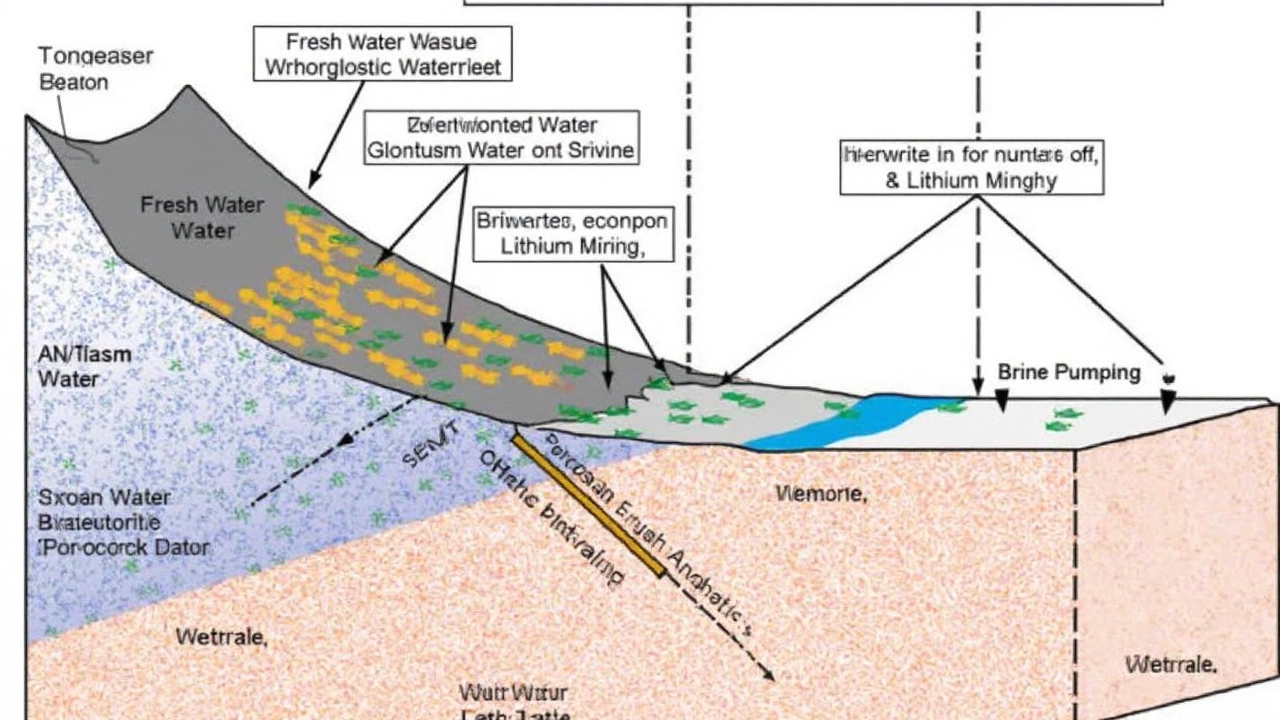Severe Water Shortages Emerge Across South America's Lithium Triangle
Picture the windswept plateaus between Chile, Argentina, and Bolivia. This patch of high-altitude land, known as the Lithium Triangle, holds some of the world’s biggest reserves of lithium—key to powering electric cars and smartphones. But hidden beneath this rush for 'green gold' is a water crisis that few expected to be this extreme.
Researchers just presented eye-opening findings in Communications Earth & Environment, throwing a spotlight on how low freshwater availability really is here. Their fieldwork stretched across 28 closed basins—something like vast bowls where water, once inside, has nowhere to escape. The trickle of new water feeding these systems? Just 2 to 33 millimeters per year on average. That’s not even close to the numbers most global water models pump out, which usually predict anything from 90 to 230 millimeters each year.
This difference isn’t just a technical detail. If the models are wrong—and according to this study, they are—then nearly all water planning for the region is built on sand. Out of those 28 basins, the researchers say 27 should be labeled 'critically water scarce.' And this is before the demands of more mining—or even local agriculture and drinking needs—are factored in.

Lithium Extraction's Huge Thirst and Ripple Effects
Mining lithium out here isn’t easy or gentle. It takes about 2 million liters of water to extract just one ton. Most of this water is lost for good. The standard process involves pumping brine to the surface and leaving it in sprawling evaporation ponds. Take the Salar de Atacama in Chile: it covers nearly 50 square kilometers with these shallow ponds. Argentina’s Salar de Olaroz isn’t small either, stretching across 12 square kilometers. Multiply this across the region and you have evaporation ponds as far as the eye can see, sucking moisture out of an already bone-dry landscape.
This thirst isn’t just a theoretical problem for accountants to fuss over. Flamingo populations flock to these basins, depending on hypersaline wetlands that are now shrinking. Indigenous communities—many of whom have lived beside these salt flats for generations—see their access to fresh water and traditional lands threatened. Arguments over water rights and environmental justice are heating up alongside lithium production schedules.
The study’s authors, led by Alexander Kirshen and David Boutt from UMass Amherst, say we’re looking at a wakeup call for how water scarcity is calculated in mountain deserts. Global hydrological models, they point out, simply don’t work in these high, dry places. Big decisions about mining are being made with bad maps and broken compasses.
What does this mean for the future? This fresh research suggests that rushing blindly into more lithium extraction could turn a tight water situation into an all-out crisis. Unless local authorities and mining companies start looking at conditions basin by basin—with real, on-the-ground measurements—everyone from miners to flamingos and herders is set to lose out.
